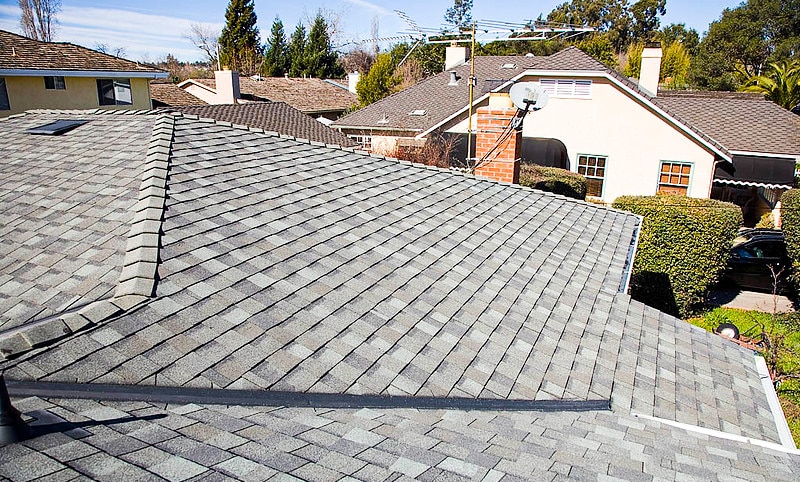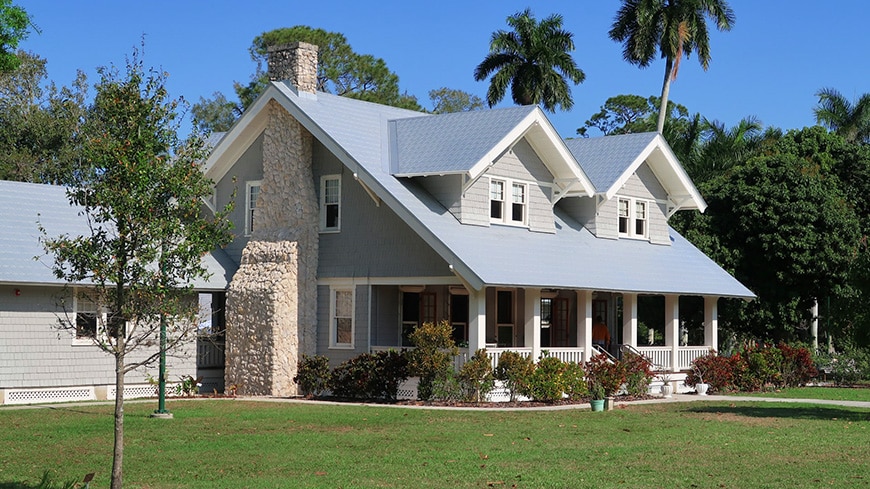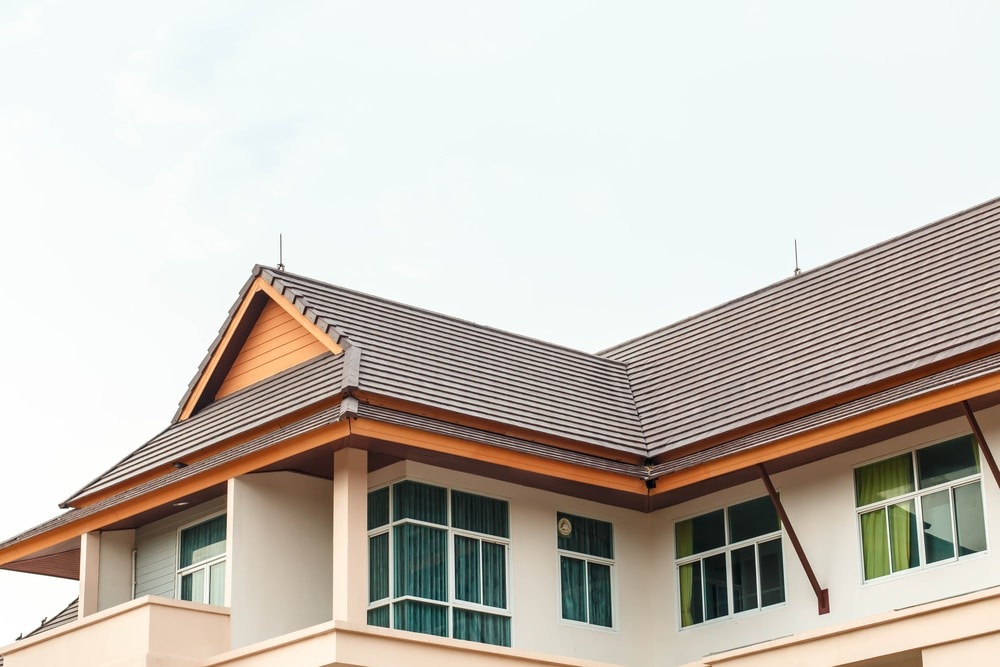Arizona heat can be intense, and having the proper roofing underlayment is essential for protecting a building from its effects. To ensure that a home or commercial property in Arizona is adequately protected, it is necessary to understand which type of roofing underlayment works best in this environment. This article will discuss what types of roofing underlayment are most suitable for use in an area with high temperatures such as Arizona. It will explain how each option performs against the elements and why certain materials may be more beneficial than others when dealing with extreme desert climates. Finally, it will provide some tips on how to make sure the selected roofing underlayment is installed correctly so that it provides maximum protection. With this knowledge, readers should have a better understanding of which type of material they should choose for their project in order to create a safe and long-lasting structure in Arizona’s hot climate.
Definition Of Roofing Underlayment
Roofing underlayment is a layer of material that lies between the roof deck and roof covering. Its purpose is to provide an additional waterproof barrier, protect against wind-driven rain and ice damming, reduce noise transmission through the roof, add insulation value, prevent vapor drive, and serve as a temporary weatherproofing mechanism while other parts of the roof are being installed. Roofing underlayment may be made from organic or synthetic materials such as felts, polyethylene membranes, insulating boards or self-adhering modified bitumen products.
The choice of which type of underlayment to use depends on many factors including climate conditions in the region where it will be used, local building codes and regulations, and cost considerations. In areas with extreme temperatures – especially hot climates like Arizona – it is important to choose an underlayment that can withstand heat exposure without deteriorating or losing its ability to function properly.
Types Of Roofing Underlayment
Roofing underlayment is a key element in protecting roofs from the elements. In hot climates like Arizona, it is important to choose an underlayment that can withstand extreme temperatures and harsh weather conditions. There are several types of roofing underlayment available which vary in terms of their durability, cost, breathability and installation method.
Synthetic underlayments are popular for their high level of heat resistance and waterproof qualities. They come in rolls or sheets and can be installed with staples or nails. Synthetics also offer superior protection against ice dams due to their water-resistant properties. Though more expensive than other options, synthetic products provide excellent long-term performance.
Organic felt paper is another common type of roofing underlayment. It consists of organic materials such as wood cellulose fibers held together with asphalt binders. Organic felt paper provides good moisture protection but has a lower fire rating compared to synthetics. Additionally, felt paper may not last as long when exposed to extreme temperatures over time so should only be used on short-term projects or roofs with low exposure to the elements.
Benefits Of Roofing Underlayment
Roofing underlayment is a vital component of any roofing system, providing an additional layer between the shingles and deck or sheathing. It provides several benefits in terms of protection from water, air infiltration, and heat loss. In Arizona where temperatures can reach extreme levels, using an appropriate underlayment offers even more advantages.
Underlayment adds a waterproof barrier that helps prevent moisture buildup which can lead to rot and structural damage. The material also acts as insulation against cold weather conditions by keeping the interior warm during winter months while reflecting away the sun’s intense rays during summertime. This added level of thermal control reduces energy bills significantly throughout the year. Furthermore, certain types of underlayment have fire-resistant properties which add another layer of defense for homes in high-risk areas prone to wildfires or other disasters.
The right type of roofing underlayment should be chosen based on individual needs such as climate and local building codes; however, due to its many protective features it is recommended for all residential roofs regardless of location since it increases longevity by preventing deterioration caused by harsh elements like UV radiation and wind-driven rain.
Factors To Consider When Choosing An Underlayment For Arizona Heat
When deciding on the appropriate underlayment for a roof in Arizona, there are several factors to consider. First and foremost is understanding the regional climate where the home is located. Because Arizona has such extreme heat during summer months, an underlayment that can withstand high temperatures while still providing protection from moisture should be chosen. The type of material used in the underlayment must also be taken into account. Common materials include asphalt-saturated felt paper, rubberized asphalt and synthetic underlayments like polypropylene or polyethylene.
The thickness of the layer of underlayment should also be considered; when choosing for a hot climate, thicker layers provide better insulation against both thermal expansion and contraction caused by temperature swings. Additionally, it is important to pay attention to any warranties offered with particular products; some may offer coverage up to 15 years depending on installation method and quality control measures taken during construction. Taking all these considerations into account will help ensure that you choose an appropriate roofing underlayment suitable for Arizona’s intense heat.
Installation Requirements
The installation process is a crucial factor in ensuring the effectiveness of roofing underlayment. It must be done correctly to achieve optimal protection against moisture, dirt and debris buildup. In Arizona’s hot climate, special attention should be given to selecting an appropriate type of underlayment that can withstand extreme temperatures while providing adequate ventilation. When installing any kind of roofing underlayment in Arizona heat, it is important to use self-adhering membrane along with felt paper or synthetic felt paper for additional protection from water damage.
Self-adhering membranes are made from rubberized asphalt and provide excellent waterproofing capabilities as well as thermal insulation properties which help keep homes cool during the summer months. Felt paper or synthetic felt paper provides an extra layer of coverage and helps protect the underlying material from UV rays, wind exposure and high levels of humidity. Both products should be installed according to manufacturer instructions; additionally, proper flashing must also be used around areas prone to water accumulation such as valleys and eaves for further weatherproofing benefits. Properly installed underlayment will help prevent mold growth due to condensation on deck surfaces and ultimately extend the life of your roof system by protecting it from harmful elements.
Cost Of Roofing Underlayment In Arizona
In Arizona, the cost of roofing underlayment is largely dependent on the type chosen. Certain types are designed for specific climates and conditions, such as those that can withstand extreme heat or cold temperatures. Synthetic materials tend to be more expensive than organic ones. Additionally, different thicknesses will also affect the price point; generally speaking, thicker options will cost more.
Installation costs should also be taken into consideration when choosing an underlayment. Professional installation may require additional labor and equipment fees in addition to the material costs, so it is important to factor this into the overall budget. It is recommended to consult a professional contractor who specializes in roofing services in order to ensure proper installation and avoid any costly mistakes down the road due to improper handling or setup of materials.
Maintenance And Long-Term Durability
To ensure a long-lasting and successful roofing system, a suitable underlayment should be selected. In Arizona’s hot climate, an appropriate option is the use of synthetic or rubberized asphalt based materials due to their resistance to extreme temperatures and UV rays. These materials are also vapor permeable and waterproof, making them ideal for regions with high humidity levels. Additionally, they have excellent puncture and tear resistance which helps prevent damage from storms or other inclement weather conditions.
Synthetic or rubberized asphalt based materials can provide up to 30 years of protection when installed correctly, offering significant savings in both time and money as it negates the need for frequent repairs associated with traditional underlayments such as felt paper. The installation process itself may require additional expertise depending on local regulations but once completed will offer maximum protection against water intrusion and wind-driven rain damage for many years to come.





